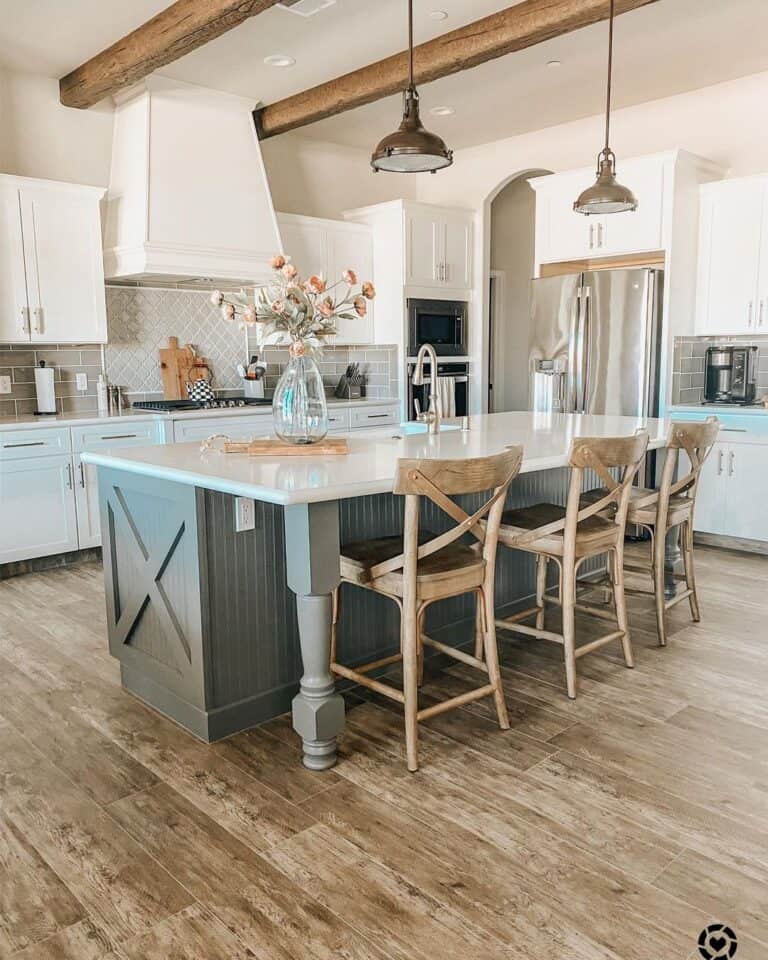Achieve an Innovative Appearance Utilizing Ornate Legs For Kitchen Island Designs
Achieve an Innovative Appearance Utilizing Ornate Legs For Kitchen Island Designs
Blog Article
Vital Elements to Think About When Selecting Legs For Kitchen Island
Choosing the suitable legs for a kitchen island includes a mindful assessment of numerous factors that can significantly affect both capability and aesthetic charm. As we explore these components, it ends up being clear that each decision can have far-reaching ramifications for the overall kitchen area experience.
Material Options
When selecting legs for a kitchen area island, comprehending the numerous product options is essential for accomplishing both visual appeal and structural stability (Legs For Kitchen Island). The selection of material substantially affects not just the sturdiness of the island yet also its general style and capability
Timber is a popular option, supplying warmth and flexibility. Solid woods, such as oak or maple, give strength and can be stained or painted to match the kitchen area decoration. Steel legs, usually made from stainless steel or wrought iron, contribute a modern and industrial feel while making sure toughness and security. These products are immune to put on and can sustain significant weight, making them excellent for bigger islands.
An additional choice is crafted materials, like MDF or plywood, which can be a lot more cost-efficient while still providing a series of finishes. They may not provide the same level of stability as strong wood or metal. Legs For Kitchen Island. Lastly, products such as acrylic or glass can produce a contemporary appearance, though they might require additional assistance to make sure stability.
Inevitably, the choice of product for cooking area island legs ought to align with the wanted performance and the total style of the kitchen.
Design And Style

When considering style, the shape and finish of the legs are vital. Tapered legs can supply a feeling of agility and sophistication, while thicker, a lot more durable legs can communicate stamina and security. Furthermore, the surface-- be it painted, discolored, or natural-- ought to complement the cabinetry and countertop materials to create a unified appearance.
In addition, the layout of the legs can additionally show personal taste. Custom or decorative legs, such as those including detailed makings or special geometric shapes, can act as prime focus, including character and personality to the kitchen. Inevitably, the ideal option will not just boost capability but also elevate the aesthetic charm, making the kitchen area island a standout attribute of the home.
Elevation Factors To Consider
Picking the suitable elevation for kitchen island legs is vital, as it directly affects both functionality and comfort. The typical height for a cooking area island generally varies from 36 to 42 inches, straightening with typical kitchen counter heights.

It is likewise necessary to account for customers' choices and heights. Customizing the elevation can guarantee a comfortable experience for all member of the family, making the kitchen island an extra pleasurable and functional space.
Weight Assistance
Guaranteeing ample weight assistance for kitchen island legs is crucial for both safety and capability. The kitchen area island often offers multiple functions, including food prep work, dining, and extra storage space, requiring a robust assistance structure. When selecting legs, it is critical to think about the overall weight capacity required based upon the island's meant use and the products that will certainly be positioned on it.
The selection of material for the legs plays a substantial function in their weight-bearing capacities. Solid wood, steel, and durable compounds generally supply superior stamina contrasted to lighter materials. Furthermore, the layout of the legs-- whether they are straight, tapered, or have a pedestal type-- can affect their capacity to distribute weight efficiently throughout the framework.
Moreover, the leg placement must be purposefully planned to improve stability. Legs placed at the edges or with a wider base can better support much heavier lots. Constantly consult the Legs For Kitchen Island producer's specs relating website here to lots restrictions to ensure that the legs can sustain the intended weight without jeopardizing security. In recap, choosing cooking area island legs with ample weight assistance is crucial for creating a safe and functional culinary space.
Installation and Upkeep
Proper installment and maintenance of cooking area island legs are important for guaranteeing long life and stability. This usually includes securing the legs to the island base utilizing appropriate bolts, ensuring that the legs are degree and lined up.
Once set up, regular maintenance is essential to protect the honesty and appearance of the legs - Legs For Kitchen Island. For wood legs, periodic cleaning with a wet cloth and application of appropriate timber polish can stop moisture damage and keep their finish. Metal legs might call for a gentle cleansing remedy to remove grease and crud, followed by a dry towel to protect against corrosion formation
Furthermore, evaluate the legs routinely for indicators of wear or damage, such as cracks or loosened joints. Tightening screws or screws as needed can likewise lengthen the life expectancy of the legs. By adhering to these installation and upkeep techniques, homeowners can guarantee that their kitchen area island stays durable and visually appealing for many years to find.
Final Thought

Visual comprehensibility is paramount in choosing the style and style of legs for a cooking area island, as these elements significantly influence the general setting of the room. Conical legs can provide a sense of lightness and beauty, while thicker, a lot more durable legs can share toughness and security.Choosing the appropriate height for kitchen island legs is important, as it straight affects both performance and convenience. In recap, choosing kitchen area island legs with appropriate weight assistance is necessary for developing a secure and useful cooking area.
In final thought, choosing legs for a kitchen area island necessitates careful consideration of numerous variables, consisting of product choices, style, height, weight assistance, and installment.
Report this page